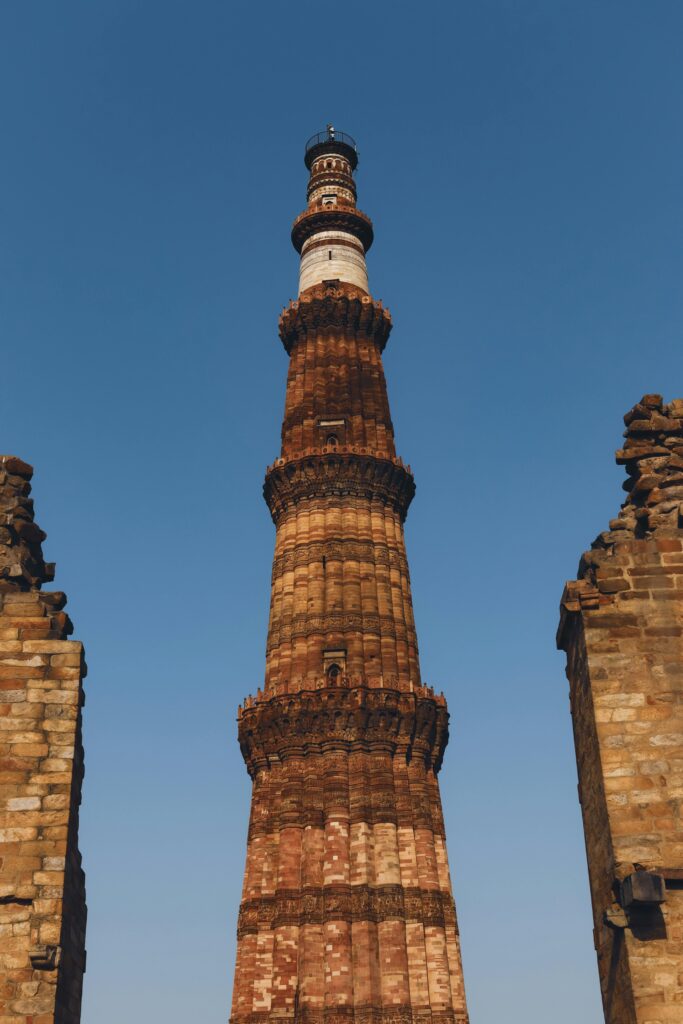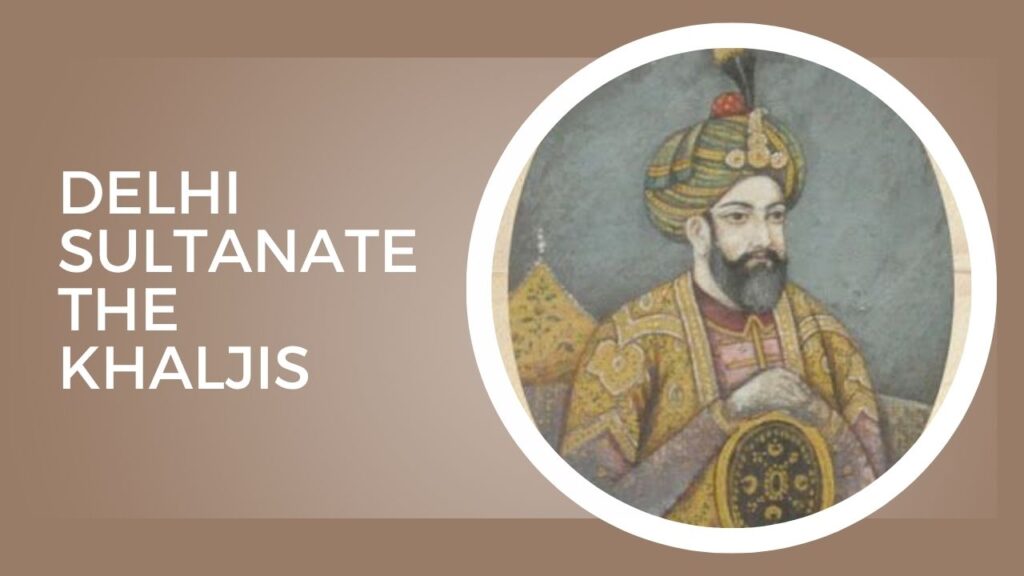CHAPTER 2
Objective: To provide clear and accurate solved questions and answers on Mahmud of Ghazni and Mohammad of Ghur for the ease and understanding of ICSE Class 7 students.
History often introduces us to powerful rulers whose actions shaped the future of entire regions. For ICSE Class 7 students, two such important figures are Mahmud of Ghazni and Mohammad of Ghur. Understanding their invasions, motives, and impact on Indian history is a key part of the curriculum—but it can sometimes feel overwhelming.
That’s why this blog post is here to help.
We’ve carefully compiled and solved the most important questions and answers related to these two rulers, strictly following the ICSE syllabus. Whether you’re preparing for your exams or simply want to revise in a stress-free way, these easy-to-understand Q&As are designed just for you.
Let’s dive into the past and make learning history simpler and more meaningful!
Answer the following questions on Mahmud of Ghazni and Mohammad of Ghur:
1.Who was Mahmud of Ghazni? Why did he want to invade India?
Ans: Subuktigin (a Turkish noble), the ruler of Ghazni, was succeeded by his son mahmud in AD 971. He wanted to achieve glory as the greatest conqueror of the world. He had heard about the fabulous wealth of the Indo-gangetic plains. Thus, he was plundered to replenish the treasury of Ghazni.
- Why were the temples his special target?
Ans: Ghazni attacked and raided rich cities and temple towns like Nagarkot, Multan, Alwar , Thaneshwar, Mathura and Somnath. Mahmud plundered temples for wealth which he needed to protect his kingdom from the ever expanding kingdoms of central Asia. One of the most important invasions of mahmud was the Somnath Temple . It was a city of great reverence for the Hindus and thousands of them had gathered to defend it. About 50,000 devotees laid down their lives in vain. The city lost 1300 kilograms of gold and millions of dinars.
- Name the five Rajput kingdoms during Mohammad Ghori’s time.
Ans: The five major kingdoms during Mohammad Ghori’s times are Rathors of Kanauj, the Chauhans of Delhi and Ajmer, The Solankis of Gujarat, The Paramaras of Malwa and the Chandellas of BUndelkhand.
- Why were the First and Second Battles of Tarain important?
Ans: Romila Thapar suggests that it was economic interest and not religious intolerance that made Mohammad Ghori to be involved in invasions like two battles of Tarain. The First Battle of Tarain was fought in 1191 AD and the second Battle was fought in 1192 AD against Prithviraj Chauhan. In the First Battle, Mohammad Ghori was defeated by Prithviraj and he barely managed to escape with his life. Ghori raised a big army a second time in order to get his vengeance against Prithviraj. Prithviraj was defeated in the Second Battle . The second battle is a turning point since it marked the end of Rajput rule in northern India. The conquered territories were made the province of Ghori’s empire and Qutub-ud-din Aibak , one of his generals, was appointed its governor. Under his general rule, the empire was expanded covering Mathura, Gwalior, Bundelkhand and Malwa.
- How did the invasion of Mohammad Ghori differ from the invasion of Mahmud of Ghazni?
Ans: THe invasion of Mohammad Ghori differed from that of Mahmud Ghazni in the sense that Ghazni was merely a conqueror who looted and plundered India, whereas Ghori attempted to build an empire. Even when he returned, he let his general Qutub-ud-din Aibak to complete the conquests.Therefore, he is rightly regarded as the founder of Turko-Afghan rule in India.
- What were the causes of the success of the invaders in the 11th and 12th centuries?
Ans: The causes of the success of the invaders of the 11th and 12th centuries are as follows:
1: The Rajputs had a weak war machinery- they fought with slow moving elephants which were no match for the lightning attacks of guerilla warriors.
2: Internal jealousy and hatred led to disunity , especially between Prithviraj and Jaichand at the crucial moment.
3: The feudatory nature of the society was also a cause of the decline of Rajputs as the rulers as there was no standing army for themselves.
4: Lack of leadership among the feudal lords.
5: Since they came from far-off lands, the Turko-Afghans were more determined to win and forget with more vigour than the Rajputs.
6: There was no outstanding leader among the Rajputs like Mahmud of Ghazni and Mohammad Ghur..
- What was the impact of the raids that took place during this period?
Ans: The impacts of the raids led to the influence of Indo-Islamic culture in the Indian subcontinent which led to the emergence of a composite culture that manifested in the architecture, language, music and food.
Also, these invasions also opened the subcontinent to migration of people in large numbers. They came as soldiers, traders, workers and settled in India.
B: Fill in the blanks:
1: Mahmud of Ghazni was the son of Subuktigin.
2: Mahmud of Ghazni patronized scholars like AL Baruni and Firdausi.
3: The Indo-Islamic contacts resulted in the emergence of a composite culture.
4: Bakhtiar Khilji, a general of Ghori, conquered Bengal and Bihar.
5: Al Beruni wrote a book on India called Tahqiq-i- Hind.
C : Match the following
A
1: Battle of Tarain
2: Mohammad Ghori
3: Qutub-ud-din Aibak
4: Firdausi
5: MAhmud Ghazni
B
1: founder of a new empire
2: Persian poet
3: defeated Prithviraj Chauhan
4: looted Somnath temples
5:Turkish ruler
Answers:
1: Battle of Tarain-defeated Prithviraj Chauhan
2: Mohammad Ghori-Turkish ruler
3: Qutub-ud-din Aibak-founder of a new empire
4: Firdausi-Persian poet
5: Mahmud Ghazni-looted Somnath temples
Give a look on the Question and Answer on “The Emergence of Zoo”
Read the Essay on The Rise of AI-Generated Art and Its Ethical Dilemma
D: State whether the following statements are true or false
1: Mohammad Ghori looted and plundered the Somnath Temple.
2: Prithviraj and Jaichand failed to unite and fight against Mohammad Ghori.
3: Persian poet Firdausi wrote the great epic Shahnama.
4: Qutub-ud-din Aibak was one of the most trusted generals of mahmud Ghazni.
5: The capital city, Ghazni, was adorned with beautiful buildings.


